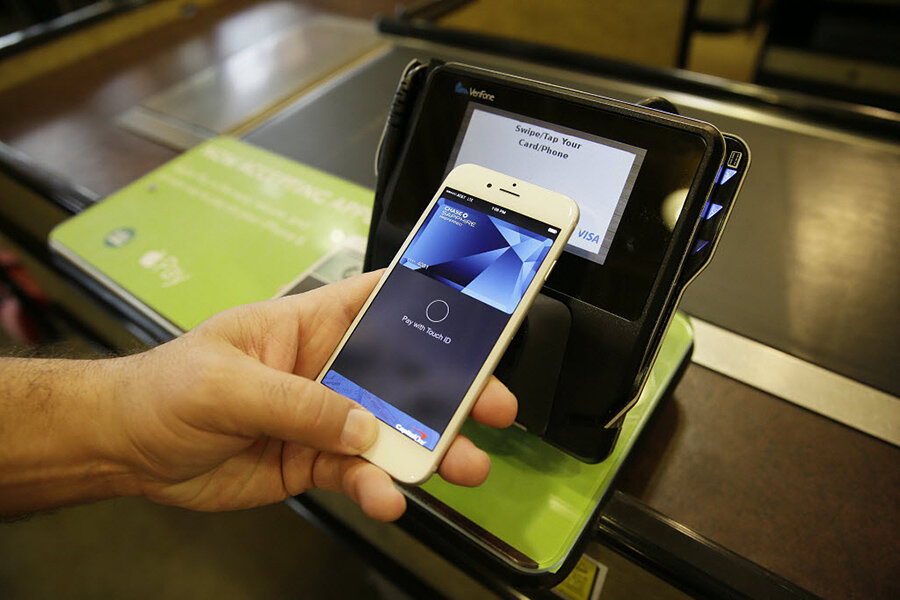Google Wallet, first unveiled in 2011, also offers tap-based payment options linked to users’ debit and credit cards. But Google has also gradually expanded its services to offer features not available elsewhere in the US, such as a physical Google Wallet card, which allows users to spend money from their Wallet account instantly.
The Wallet card, which was introduced in 2013, expanded the search engine giant’s services closer to resembling an online-only bank, allowing users to withdraw money from an ATM with the physical card or receive payments from friends or family and then spend the money in their accounts without waiting for the payment to register in their existing bank accounts.
But making a purchase using the app was trickier — a user had to launch the app and type in a pin that unlocked his or her credit cards before using it. Google attempted to simplify its services by unveiling Android Pay in September 2015, which allows users to tap their phone to make a purchase without launching a separate app, though it does not use fingerprint authentication, as other services do.
But while the company announced partnerships with more than 700,000 stores and the support of mobile phone companies after it acquired Softcard, the system hasn’t yet taken off.
Only 8 percent of users said they used either Android Pay or Apple Pay weekly to make a purchase, a recent survey by the management consulting firm Accenture found.
Over the 2015 Black Friday weekend, people who used Android phones only made 2 percent of their purchases using Android Pay, the consumer data firm InfoScout found. By contrast, more than 73 percent made purchases using credit or debit cards, with about a quarter using cash or other means.







